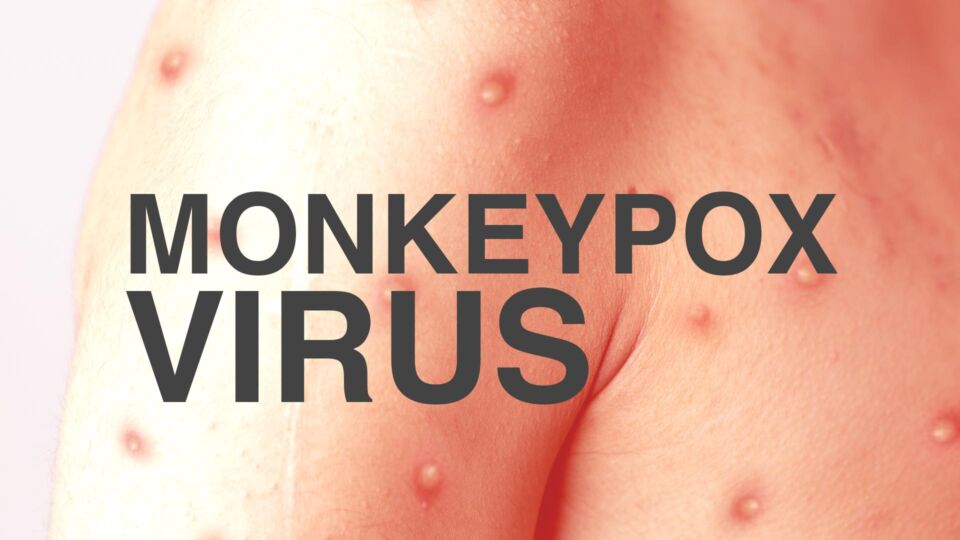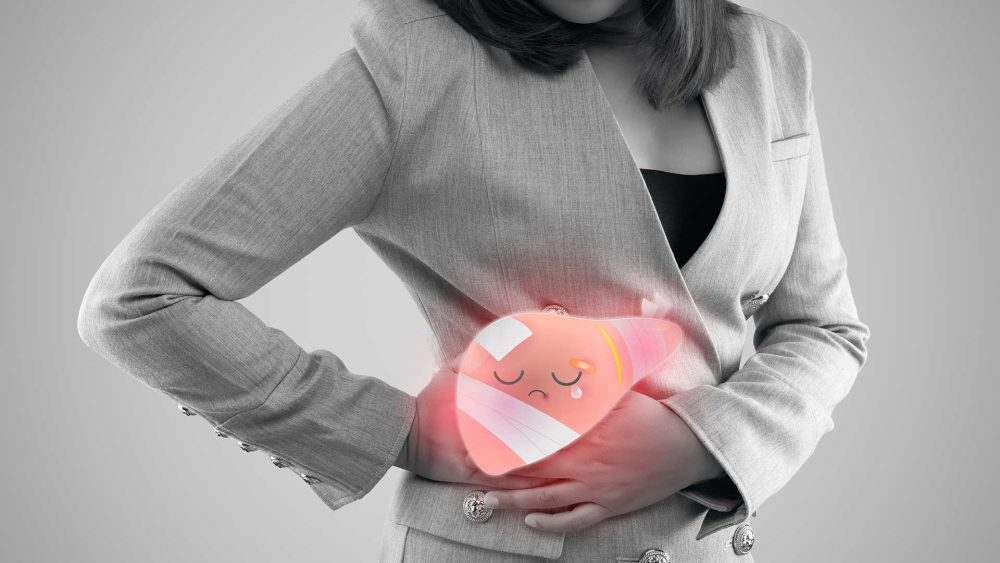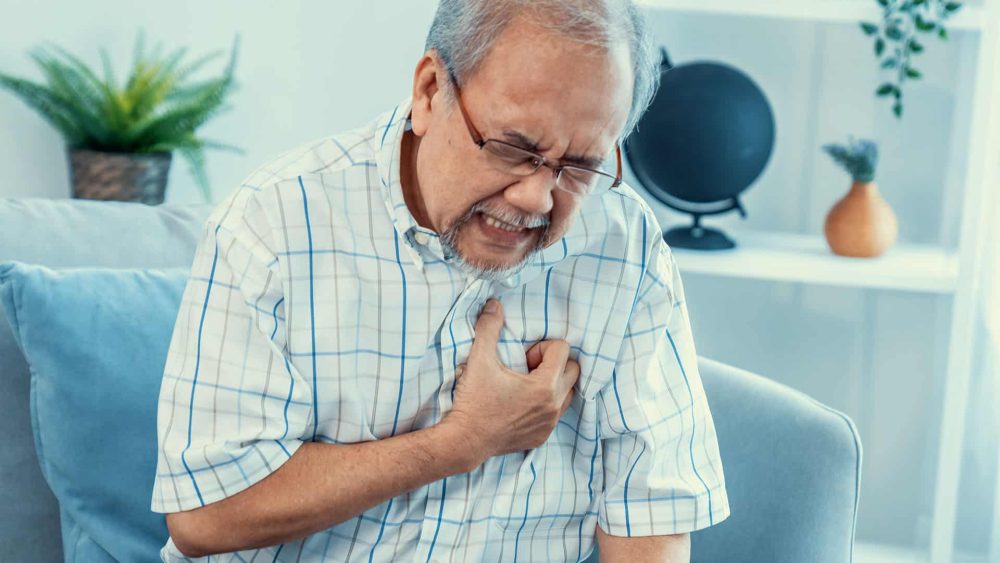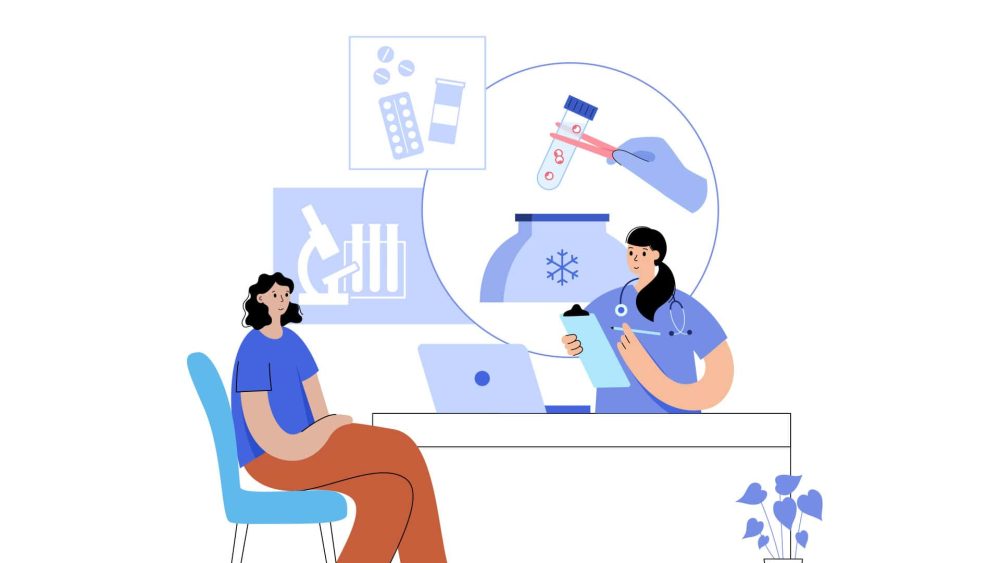Monkeypox is a viral disease that is caused by infection with the monkeypox virus (MPV). It is a member of the Orthopoxvirus genus family that includes other conditions such as cowpox, horsepox, smallpox (variola), and vaccinia viruses. MPV was first discovered in monkeys in 1958, although rodents are now seen as the probable main animal host.

Cynthia S. Goldsmith, Russell Regnery/CDC/Handout via REUTERS
The disease has been endemic in parts of Central and West Africa, and outbreaks typically occur in populations living in rural areas who hunt, handle, and consume bush meat. Monkeypox cases have been reported outside of Africa and linked to international travel or importation of animals. Populations have become more susceptible to monkeypox as a result of the termination of routine smallpox vaccination, which offered some cross-protection in the past.
There are two genetically distinct variants of MPV — the Congo Basin (Central African) clade and the West African clade. Human infections with the West African clade appear to cause less severe disease compared to the Congo Basin clade.
Countries where monkeypox is commonly found: Benin, Cameroon, Central African Republic, Cote d’ Ivoire, Democratic Republic of Congo, Gabon, Ghana, Ivory Coast, Liberia, Nigeria, Republic of Congo, Sierra Leone, South Sudan.
Current Global Situation
Since early May 2022, there have been several monkeypox cases identified across multiple countries in Europe and North America. However, what is unusual is that a significant number of these cases had no direct travel links to endemic areas in Africa or known epidemiological links to imported cases. Some of the cases occurred in men who had sexual contact with the same gender even though this was not previously known to be a risk factor for MPV transmission. These cases suggest some community spread of the virus for a prolonged period outside of monkeypox endemic areas.
Investigations are ongoing to understand where and how the cases acquired their infections.
As of 23 May 2022, there have been reports of monkeypox cases in several regions of the world. Affected countries include Argentina, Australia, Austria, Belgium, Canada, Denmark, France, Germany, Greece, Italy, Israel, Morocco, Netherlands, Portugal, Spain, Sweden, Switzerland, the United Kingdom, and the United States of America.
On 25 May 2022, the World Health Organisation announced that there have been a total of 131 confirmed cases of monkeypox and a further 106 suspected cases reported in 19 countries.
Situation in Singapore
In April 2019, Singapore saw its first imported case of monkeypox. The patient was a 38-year-old Nigerian national who had attended a wedding in Nigeria and reportedly consumed bush meat.
There have been no new cases identified to date since the start of this current outbreak in May 2022.
Nonetheless, with the easing of COVID-19 travel restrictions and borders reopening, and the relatively high travel connectivity with countries experiencing monkeypox outbreaks, the likelihood of an imported case into Singapore remains possible.
MOH’s Definition of Suspect Case for Monkeypox
An individual who presents with:
1. Fever and vesicular rash
2. Positive contact or travel history that includes:
- A travel history to West and Central African countries or areas with recently reported confirmed / suspect case of monkeypox within 21 days from the onset of illness. OR
- A history of close contact with an infected person within 21 days from the onset of illness.
Mode of Transmission
Transmission of MPV occurs when a person comes into close contact with the virus through an infected animal, infected person, or contaminated environment.
Animal-to-human transmission may occur via:
- Bite or scratch from an infected animal
- Bush meat preparation
- Direct contact with the blood, body fluids, or skin or mucosal lesions of infected animals
Human-to-human transmission is limited but can occur via:
- Exposure to respiratory droplets
- Direct physical contact with the blood, body fluid or skin rash from infected individual or contaminated materials
Symptoms of Monkeypox
The incubation period of monkeypox is about five to 21 days after exposure. Early symptoms are non-specific and include:
- Fever and chills
- Headaches and/or muscle aches
- Swollen lymph nodes
- Intense lack of energy
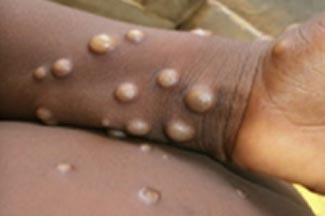
image credit: who.int
Within one to three days after the onset of fever, infected persons would develop a rash, often starting from the face before spreading to other parts of the body, including the palms and soles. The rash, which is often concentrated on the face, may progress to become fluid-filled vesicles and then pustules before crusting occurs in approximately 10 days, and finally falling off. Full recovery may take about three weeks.
An infected person is contagious from onset of fever until the skin lesions have scabbed over. Fortunately, monkeypox is less infectious than the common flu or COVID-19. The chain of transmission can be broken through contact tracing and quarantine of close contacts.
Diagnosing Monkeypox
Detection of viral DNA by polymerase chain reaction (PCR) is the preferred laboratory test for monkeypox. The best diagnostic specimens are directly from the rash – skin, fluid or crusts, or biopsy where feasible.
Complications of Monkeypox
The disease is usually self-limiting, with most patients recovering within two to three weeks.
In some cases, however, the virus can cause serious complications such as pneumonia, sepsis (blood infection), encephalitis (brain inflammation), and eye infection with ensuing loss of vision.
There have been reported mortality rates of 1 to 10 per cent during outbreaks, with most deaths occurring in younger age groups.
Treatment for Monkeypox
Monkeypox is typically a self-limiting illness, with symptoms usually resolving spontaneously within 14 to 21 days. Treatment is usually symptomatic and supportive.
There are no proven treatments or vaccines available for monkeypox infection at the moment. However, vaccines and antiviral medication are also currently being developed and studied for use in the prevention and treatment for monkeypox.
Preventing Monkeypox
Travellers are strongly advised to maintain vigilant and take the following precautions:
- Maintain a high standard of personal hygiene, including frequent hand washing after going to the toilet, or when hands are soiled.
- Avoid direct contact with skin lesions of infected living or dead persons or animals, as well as objects that may have become contaminated with infectious fluids, such as soiled clothing or linens (e.g. bedding or towels used by an infected person).
- Avoid contact with wild animals that could harbour the virus, and the consumption of bush meat.
- Returning travellers, especially from areas affected by monkeypox should seek immediate medical attention if they develop any disease symptoms (e.g. sudden onset of high fever, swollen lymph nodes and rash) within three weeks of their return. They should call the clinic ahead of their visit, so that special precautions can be taken to protect others. They must inform their doctor of their recent travel history.





